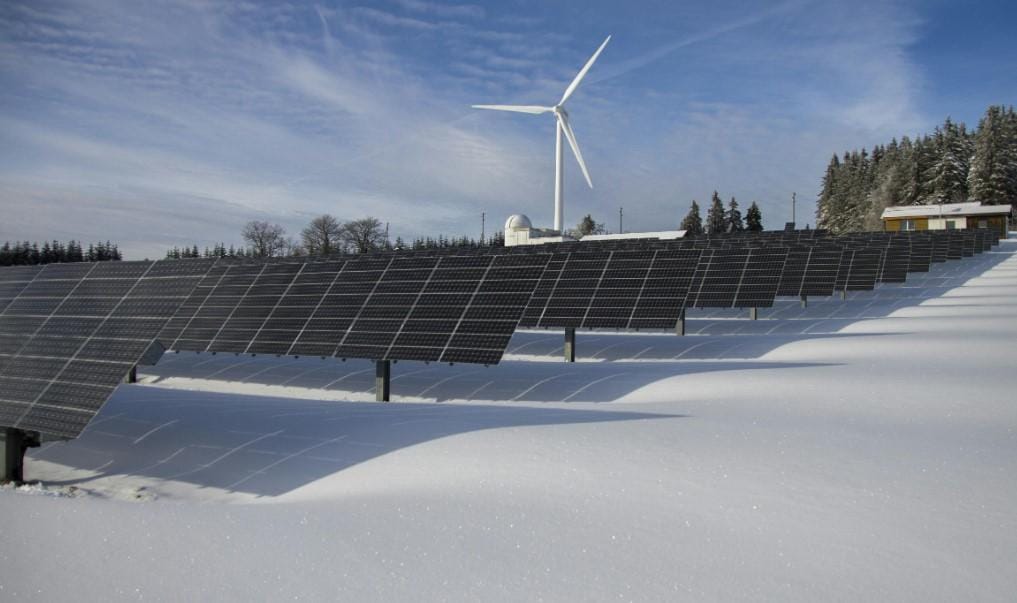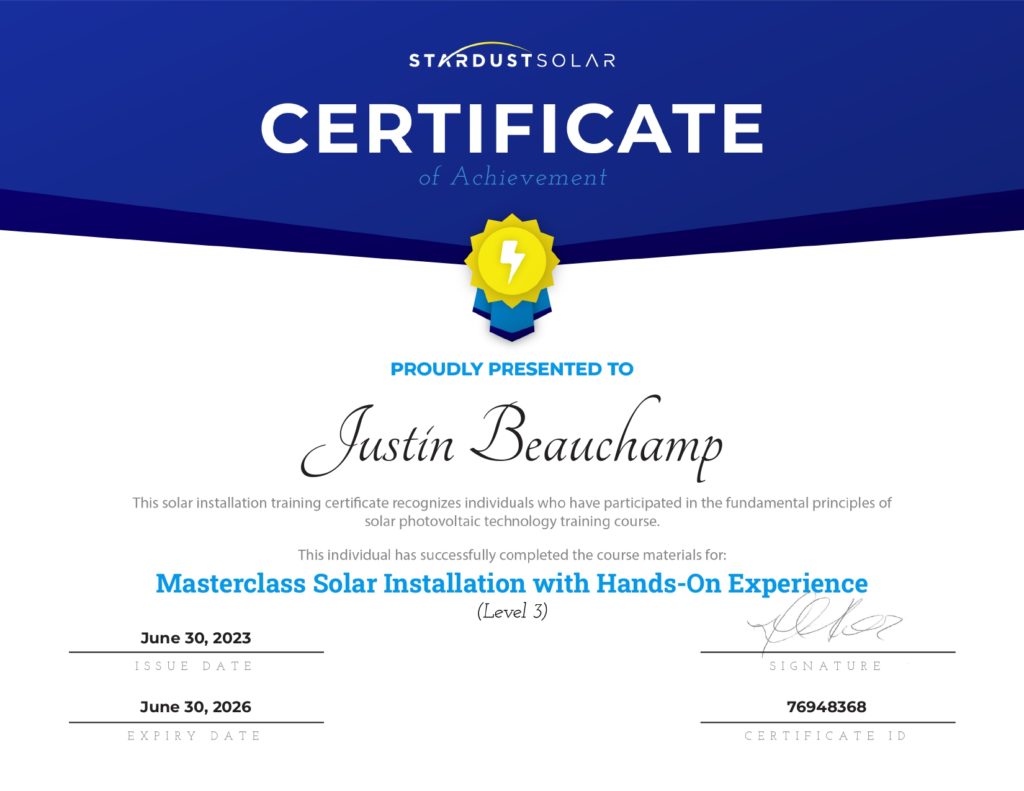The Increasing Initiatives of Winnipeg in the Solar Industry
Manitoba, where Winnipeg lies, ranks as the #4 province in Canada for installing solar power systems, thanks to its excellent sunlight levels and generous cash incentives. But beyond that, Manitoba stands poised to lead Canada in renewable energy with its abundant resources and initiatives.Manitoba Clean Energy Strategy
Already renowned for its clean electricity system, Manitoba aims to strengthen its position in the solar electric power industry. This initiative harnesses PV resources to power homes, businesses, and industries while reducing reliance on fossil fuels. Aligned with Tomorrow Now—Manitoba’s Green Plan, this strategy promotes environmental stewardship and economic prosperity. It is underpinned by a $20 billion capital program for new hydroelectric projects. These ventures will create jobs to ensure affordable power and meet regional clean energy demands.Winnipeg’s Solar Potential
Manitoba ranks third in Canada for its solar energy potential, receiving more irradiation than any province or territory except Saskatchewan and Alberta. Based on Natural Resources Canada data, the average solar system in Manitoba can generate electricity of 1272 kWh per kW of panels annually. A Winnipeg solar panel installation setup can generate an average of 1,281 kWh per year. Here are the monthly production estimates for an average PV system:| January | 79kWh | July | 127kWh |
|---|---|---|---|
| February | 106kWh | August | 122kWh |
| March | 132kWh | September | 103kWh |
| April | 136kWh | October | 85kWh |
| May | 127kWh | November | 66kWh |
| June | 124kWh | December | 64kWh |
Photovoltaic System Costs
To determine this, simply ascertain the system’s size in kW units. You can gauge your system size by annual energy consumption. Check your monthly Manitoba Hydro bill, which displays your electricity usage in kilowatt-hours (kWh). Calculate your yearly energy usage by summing the amounts from 12 consecutive months. Then follow this formula: Size of system needed (kW) = yearly energy use (kWh) / annual equivalent full sunlight hours (h) For instance, if you added your energy bills and found you use 10,000 kWh annual power, you’d calculate needing a 7.86 kW solar panel system. Now, multiply your system size by $3.11/watt, the average installation cost for solar systems in Manitoba. Using our previous example, a 7.86 kW system may cost around $24,445 to install. Note: The system price varies based on factors like size, equipment quality, and installation complexity. For premium equipment and high-quality solar panel installers, installation costs can exceed $3.25/watt.Financing Options
Winnipeg stands out as one of the top provinces in Canada for financial factors due to its low initial costs and available on-bill financing options. The upfront cost to install solar panels is a big factor influencing the decision to switch to solar. The current average price range is approximately $2.72 to $3.42 per watt. But, the price may vary based on the system size, type of panels, and the sola company.Property Assessed Clean Energy (PACE) Programs
PACE is an innovative financing option that covers the upfront cost of your PV system or energy efficiency upgrades. It offers a $0 down payment, long repayment period, and a low-interest loan. Unlike conventional loans, PACE attaches to your property, not to you personally, and is repaid through your property tax bill as an LIC (Local Improvement Charge). The main requirement is that you own a certain portion of your home. Note: PACE financing isn’t currently available in Manitoba. However, the Home Energy Efficiency Loan provides a similar on-bill financing option, allowing you to repay your solar system costs through your utility bill.Other Solar Energy Financing
To take advantage of the solar solutions, there are alternative energy loans, such as:- Bank loans
- Installer financing
- Home equity loans
- Home equity line of credit
- Mortgage (for new builds)
- Canada Greener Homes Loan (just ended recently)
- Canada Green Affordable Housing Program
- RBC Energy Saver Loan
- Home Energy Efficiency Loan (HEEL)
Incentives and Rebates
Rebate Program
Facilitated by Efficiency Manitoba, this program offers residential property owners a cash rebate of $0.50 per watt for residential solar energy system installations, up to a maximum rebate of $5,000. Here’s how you can save money for a 9.06 kW system: (9,060 watts) x ($0.50/watt) = $4,530 So, the cost of a 9.06 kW system would drop from $24,445 to $19,915. Businesses can now fully expense their systems using the Federal Tax Provision for Clean Energy Equipment. This includes a 100% Capital Cost Allowance (CCA) rate and the removal of the first-year rule.More Energy Incentives
| Green Energy Equipment Tax Credit | Tax credits for geothermal heat pump systems (7.5% to 15%) and sun-powered thermal energy systems (10%) |
| New Homes Program | Rebates up to $12,000 to support the construction of certified energy-efficient new homes. |
| Income Qualified Program | Free home efficiency upgrades such as insulation, gas furnaces, gas boilers, and more for residents with household incomes below specified limits |
| First Nations Insulation Program | Free insulation, LED lighting, low-flow showerheads, faucet aerators, pipe wrap, and draft proofing for First Nations communities |
Understanding Utility Policies
Interconnection Policy
Net Metering is crucial for making solar energy viable. Effective net metering policies provide full credits for excess energy so you can carry them forward. You’re compensated directly for excess energy at a rate of approximately $0.06546 per kWh, which is about 65% of the retail electricity rate.Setup Costs
In Manitoba, connecting your system to the grid includes costs like a $1,000 fee for an interconnection study and a bi-directional meter.Electricity Bills & Prices
With an approximately monthly usage of 1,000 kWh, electricity costs about $0.102/kWh (including fixed and variable costs). This is lower than the national average of $0.155/kWh (excluding the territories), which means saving money for property owners in Manitoba.High-Quality Solar Panels in Winnipeg
Longi LR5 54HPB-405 Mono Black 54 Cell
These panels are highly efficient, with a power tolerance of 0 to 3%. They use Low LID Mono PERC technology to reduce power degradation and perform well in challenging environments, resisting PID, salt mist, and ammonia. These solar cells maintain high efficiency even in low light, achieving over 97.5% efficiency at 200W/m2. The panel operates effectively at lower temperatures and minimizes hot spots with its optimized electrical design.Q Cells 480 Watt Q.Peak Duo XL-G10.3 78 Cell
These photovoltaic cells feature ANTUM DUO Z Technology for enhanced efficiency, achieving a high module efficiency of 21.6%. Built with a durable aluminum alloy frame, these panels can withstand harsh weather—certified for heavy snow loads up to 5400Pa and strong wind loads up to 3000Pa.
Save Money on Utility Bills, Use Solar Energy
Take advantage of Winnipeg’s direct sunlight to reduce your energy costs and increase your monthly savings with a renewable energy source. You can benefit from Manitoba’s low electricity prices and explore financing options and federal incentives. Whether for residential or commercial use, MAG Solar Winnipeg offers expert installation and high-quality panels to maximize your energy independence and savings. Contact MAG Solar Winnipeg for a consultation and take control of your energy expenses.Frequently Asked Questions
What entails the PV installation process?
The PV installation procedure usually involves site assessment, system design, obtaining permits, ordering equipment, installation of panels and inverters, connecting to the grid (for grid-tied) or batteries (for off-grid), and final inspection. Professional installers handle wiring and ensure compliance with local regulations for safe and efficient operation.
How do PV systems generate electricity?
PV (photovoltaic) systems generate electricity through panels, which convert sunlight directly into electrical energy using semiconductor materials (like silicon). When sunlight strikes the panels, photons are absorbed by the semiconductor material, creating an electric current through the photovoltaic effect. This electricity is then captured and converted from direct current (DC) to alternating current (AC) by an inverter, suitable for use in homes or businesses.
What's the role of alternative energy in fighting climate change?
Alternative energy sources such as solar help mitigate climate change by reducing greenhouse gas emissions. Unlike fossil fuels, these renewable sources generate electricity without releasing carbon dioxide and other pollutants into the atmosphere. By shifting to clean energy, we can decrease reliance on fossil fuels—major contributors to global warming and climate change. This transition promotes sustainability and helps to preserve the environment for future generations.

